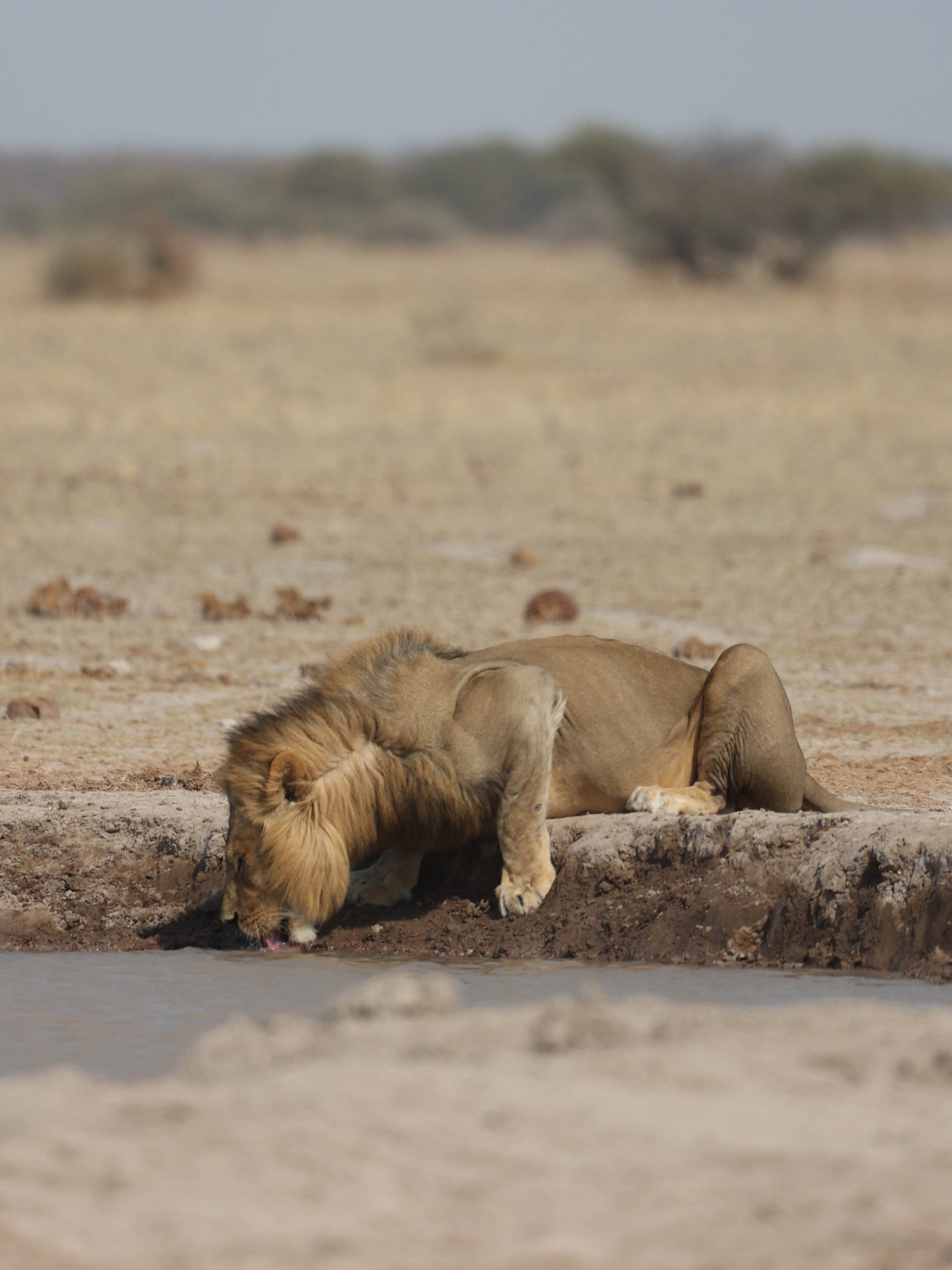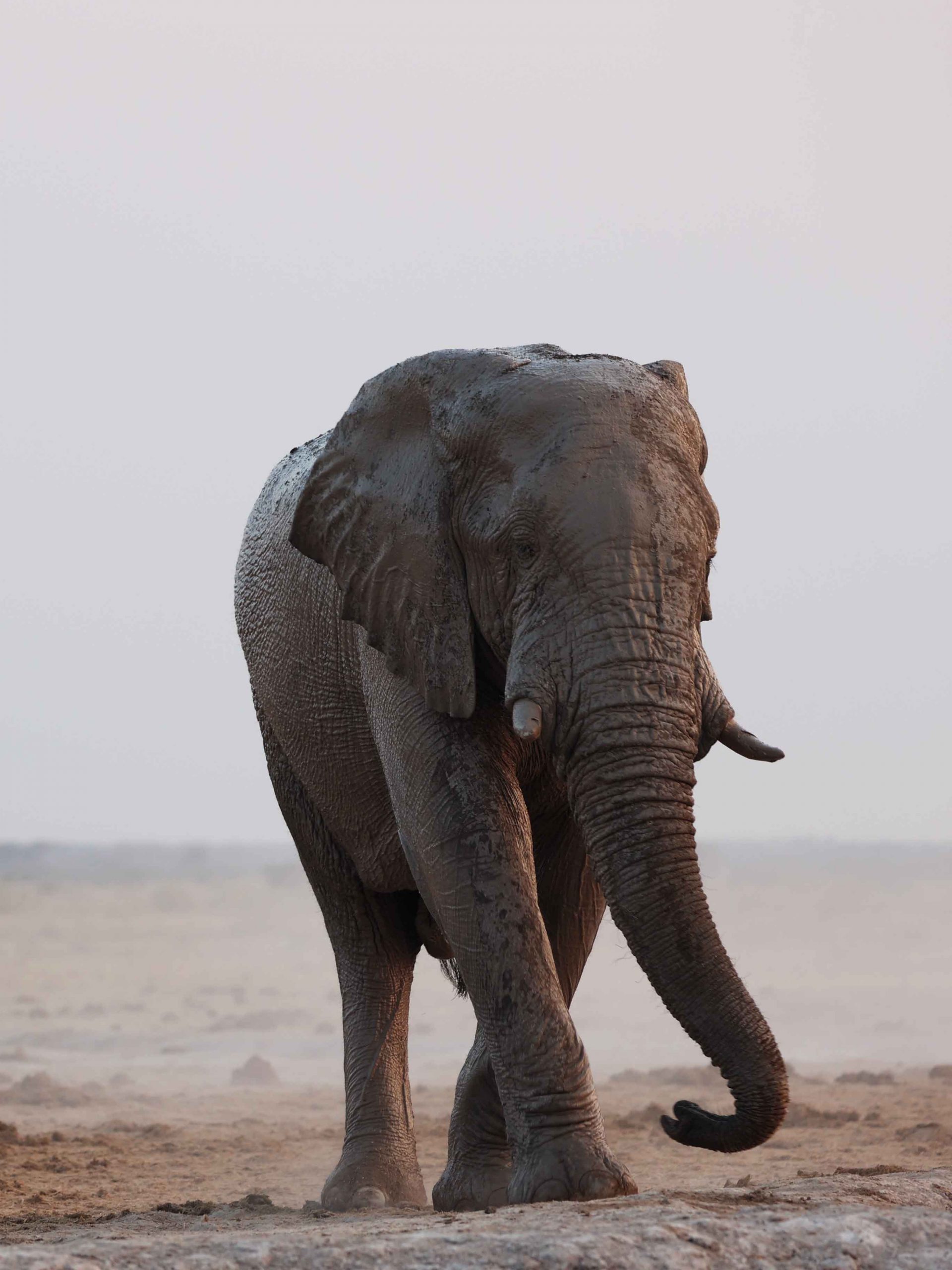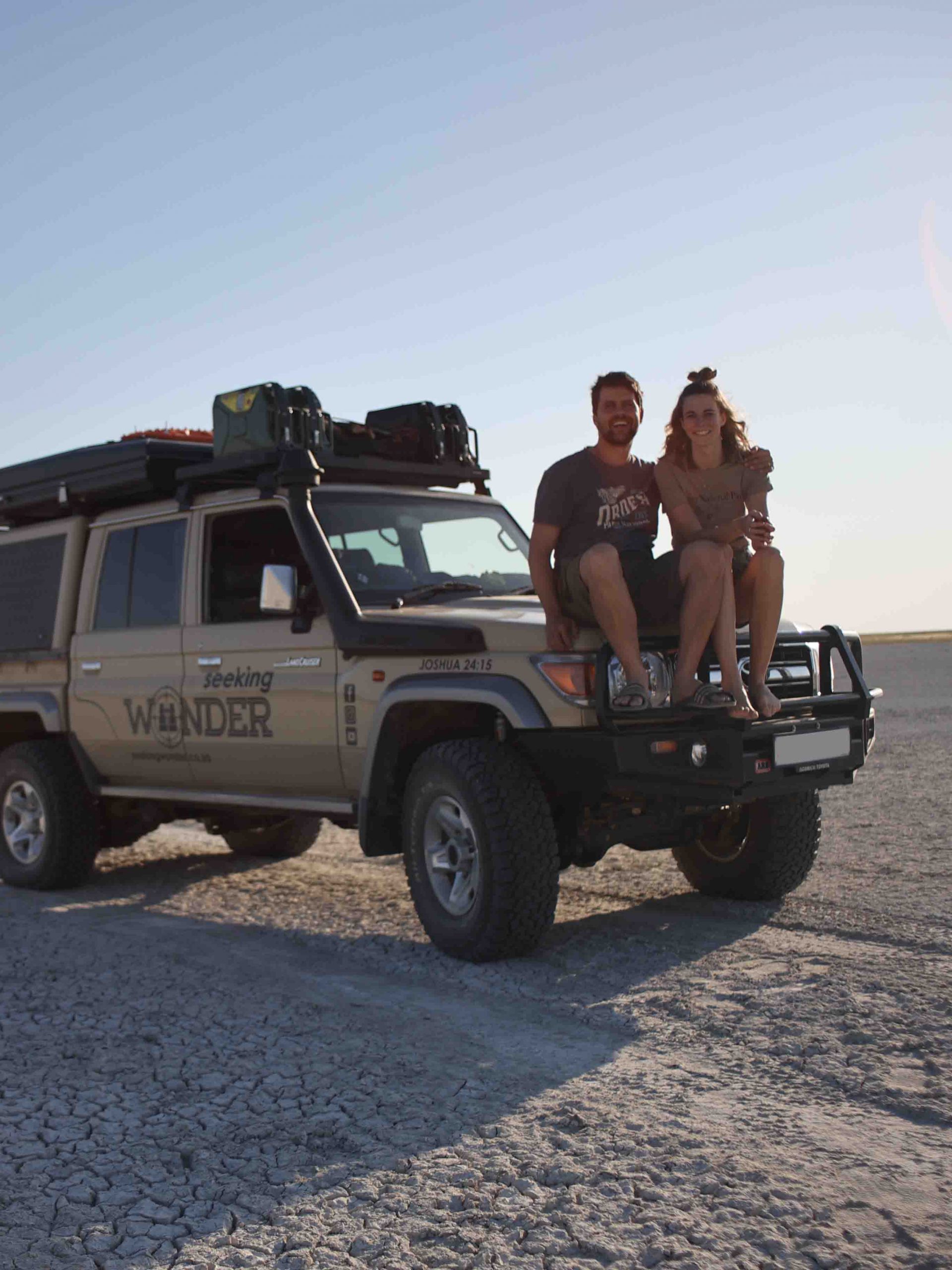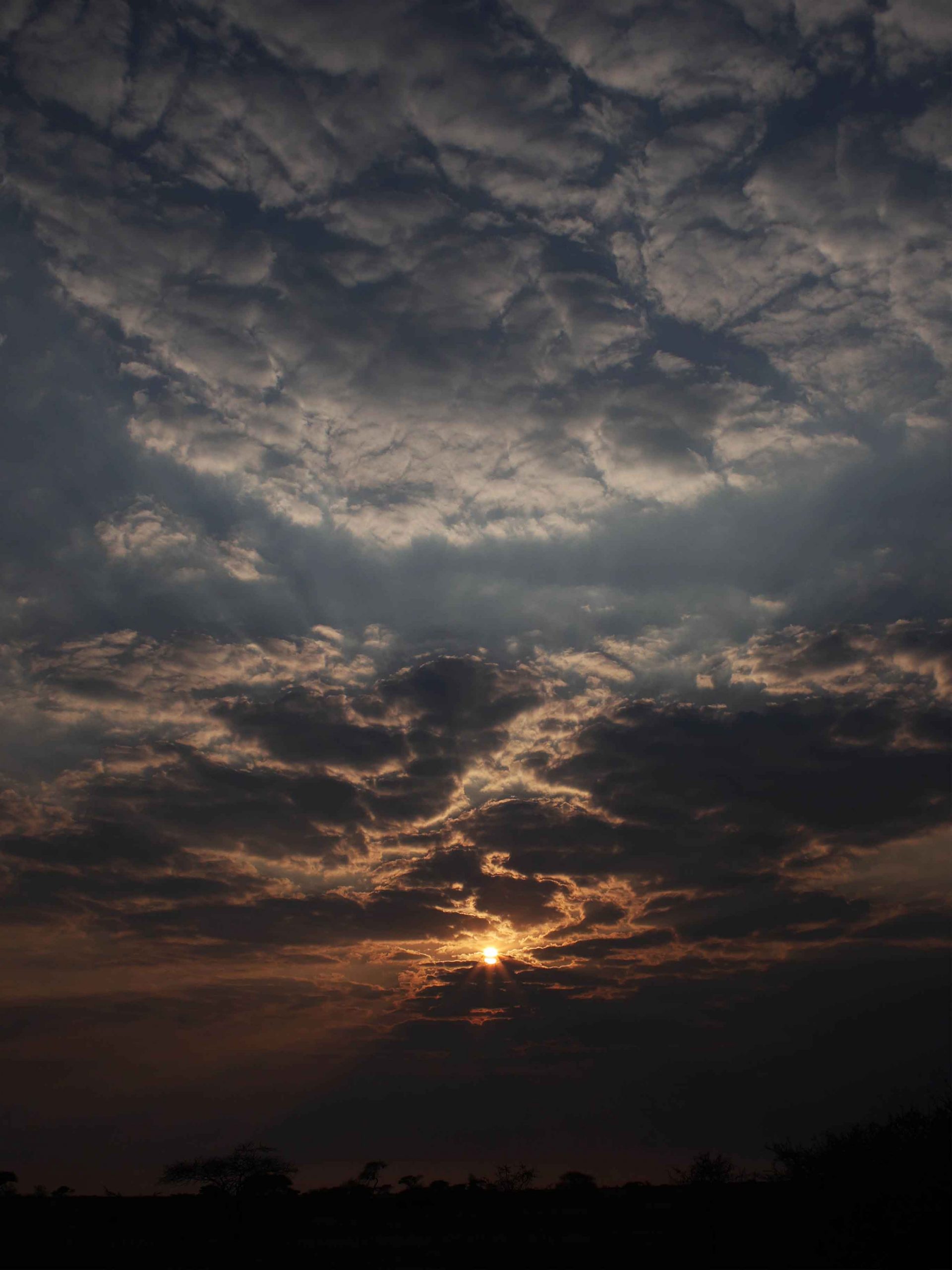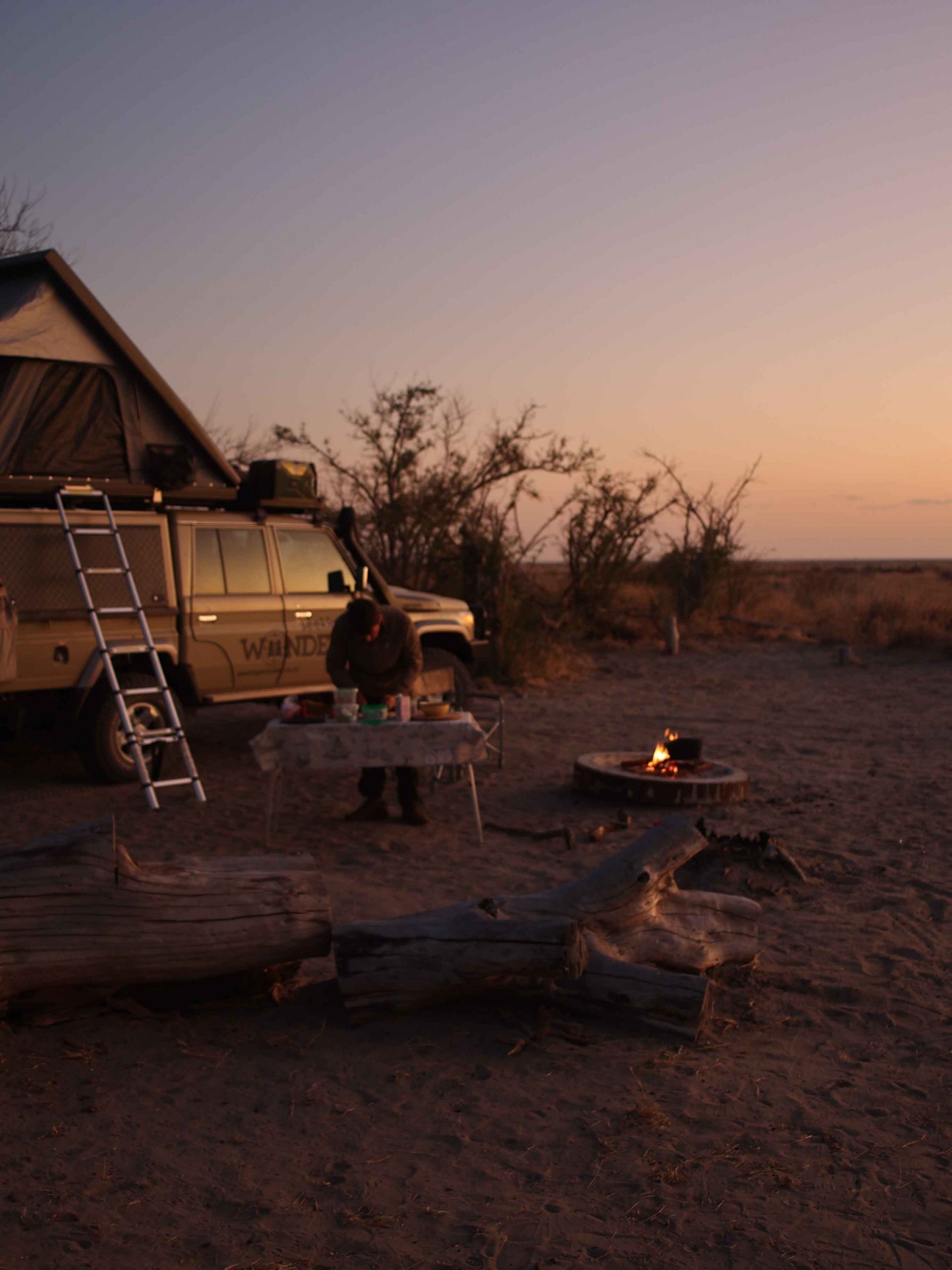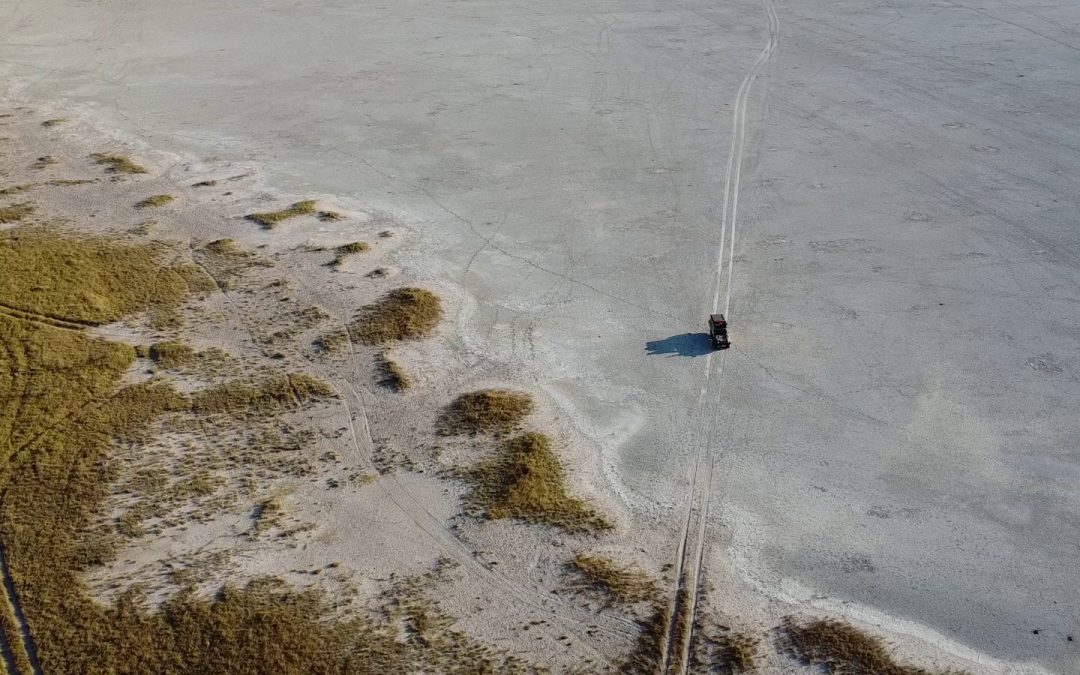Fail to plan and plan to fail. A favourite exam-time saying. In general, we like to think we plan our adventures well. For the most part, we tend to err on the safe, left-brained, checklisted, homework-done side of trip planning. However, an exciting and sometimes sweaty palm-inducing part of African travel is that you simply cannot plan for everything on your spreadsheets and 4×4 community reads.
The Makgadikgadi National Park (NP) is situated in central Botswana, just Northeast of the Central Kalahari Game Reserve. Separated by a national road, the Nxai Pan NP is very close and these parks are often visited together. When we went there early August, we learnt a few things in situ that might help make an equally memorable trip for anyone thinking of heading this way.
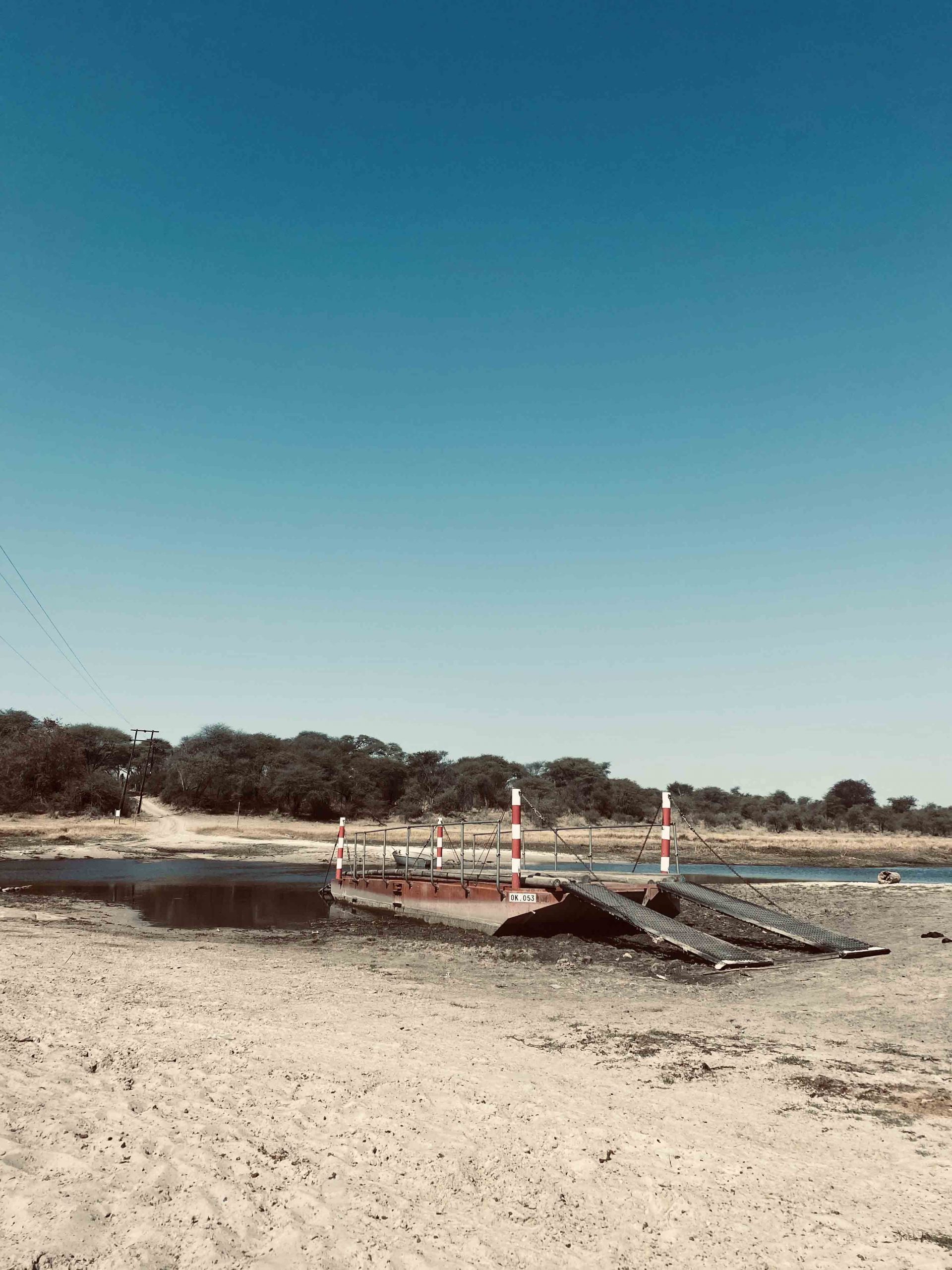
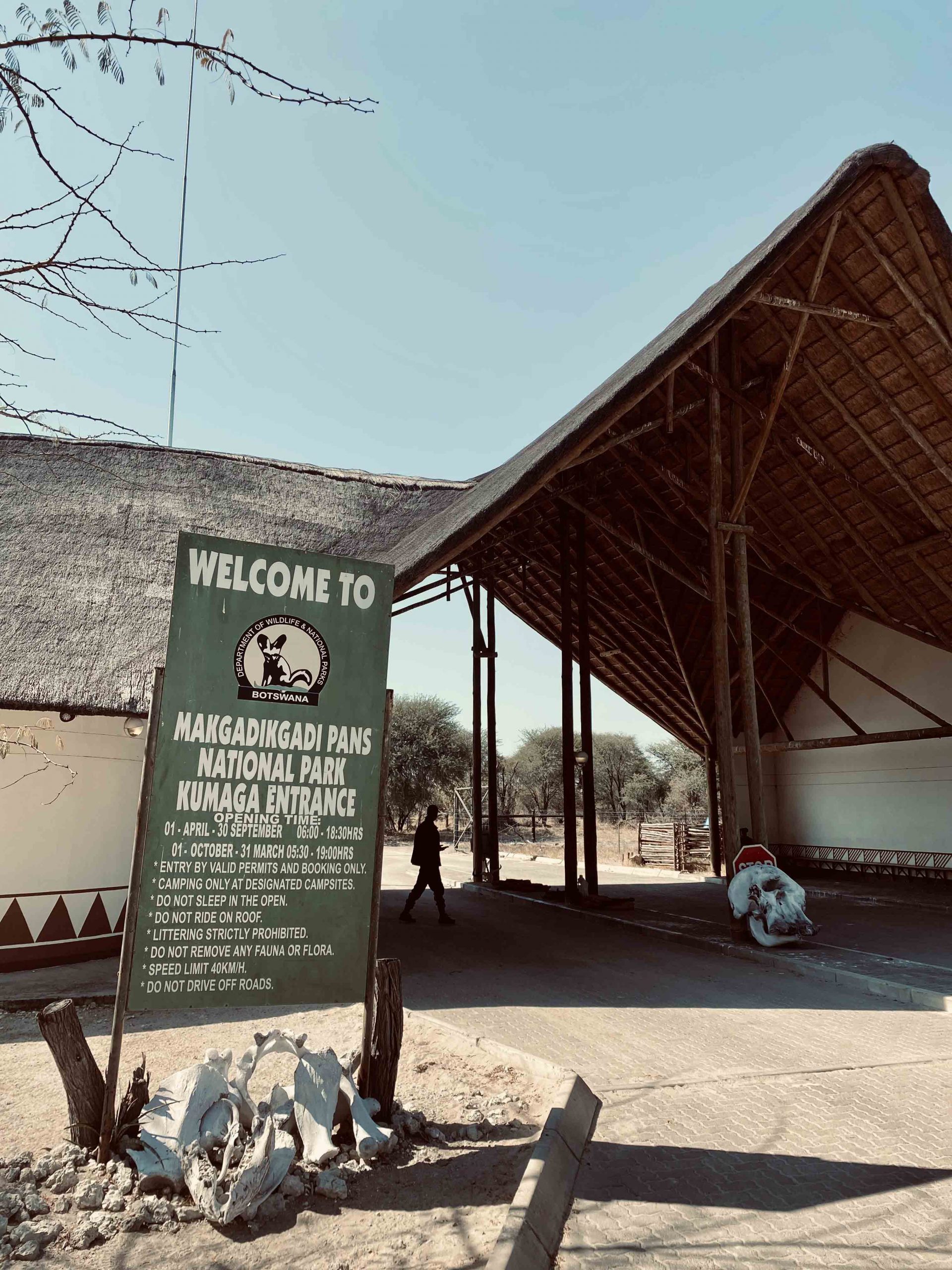
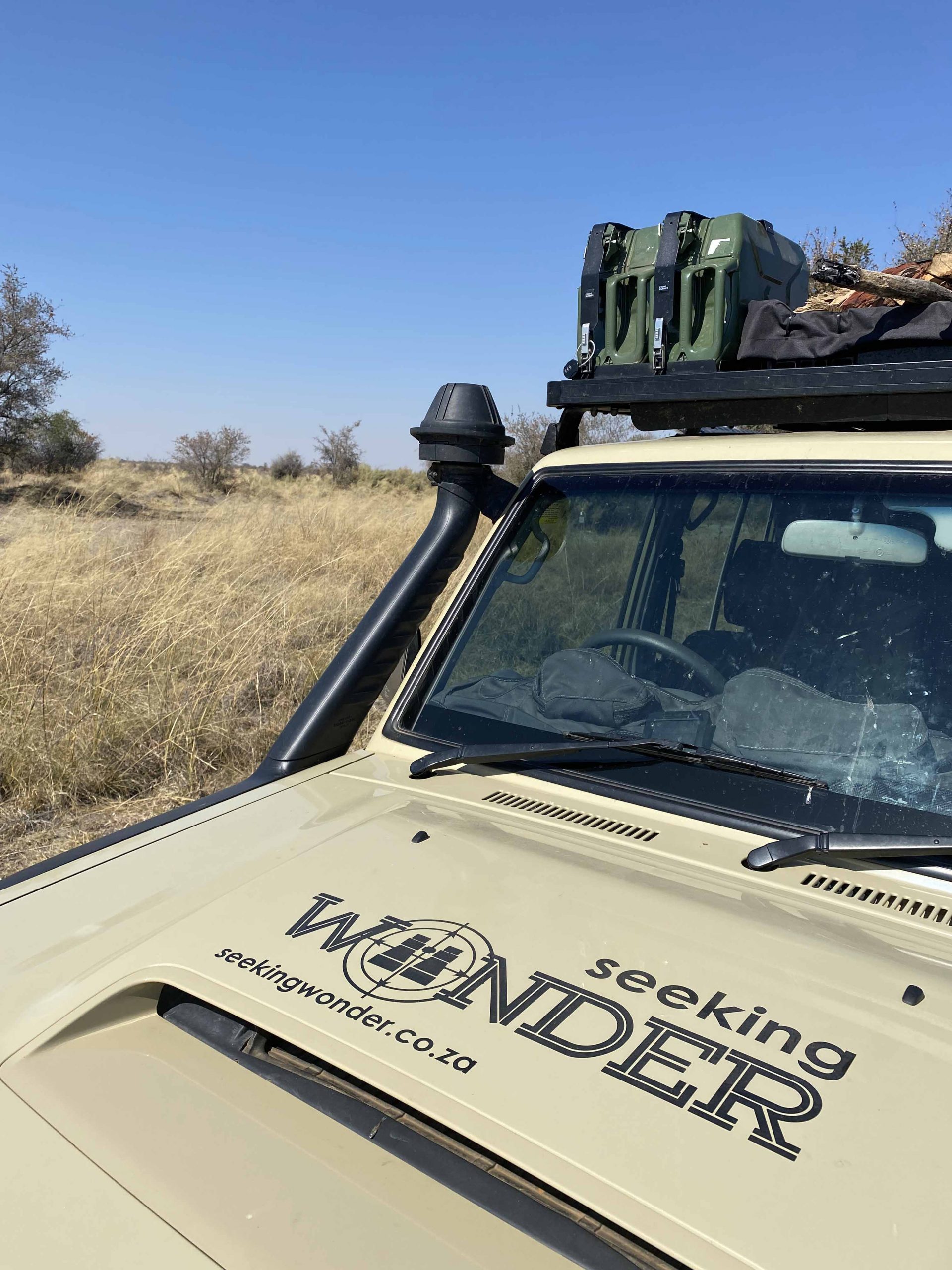
1. Shot left
Coming from the South, one of the entrances to the Makgadikgadi NP is at Khumaga and to reach it, you have to cross the seasonal Boteti river. Most guidebooks will tell you there is a neat pont that ferries you and your trokkie across when there is water in the Boteti. In dry seasons you just drive through. Simple. What they don’t tell you is that should you arrive after a long wet season and happen to time your crossing the day after they stopped the pont operations, you are on your own. What we can confirm is that a) there are some obese crocodiles in this river and b) there are two tracks through the crossing: one left that looks deep, and one right that looks shallow. We chose to go right, and found a bull hippo-size depression in the middle of that crossing. What followed, more or less in order, were inappropriate language, scenes from Titanic, clenched ‘knuckles’, and baitfish in the intercooler (literally). In the simple words of the gate guard shortly thereafter: ‘Ah, you should have gone left’.
2. Sundowners with a zebra
Khumaga campsite is situated on the Boteti river and this area is distinctly different from what we expected from a park with the word pan in it. This Western edge of the park is riverine bushveld and an interesting fact is that it plays host to a massive Zebra migration in favourable years. Along with various other water-dependent animals like elephants, these guys come down en masse in the afternoons for a drink in the river. There is a sand road that takes you down the bank to drive right in the riverbed, and it was a rare privilege to share this drive with hundreds of thirsty zebras kicking up golden-lined dust in the late afternoon.
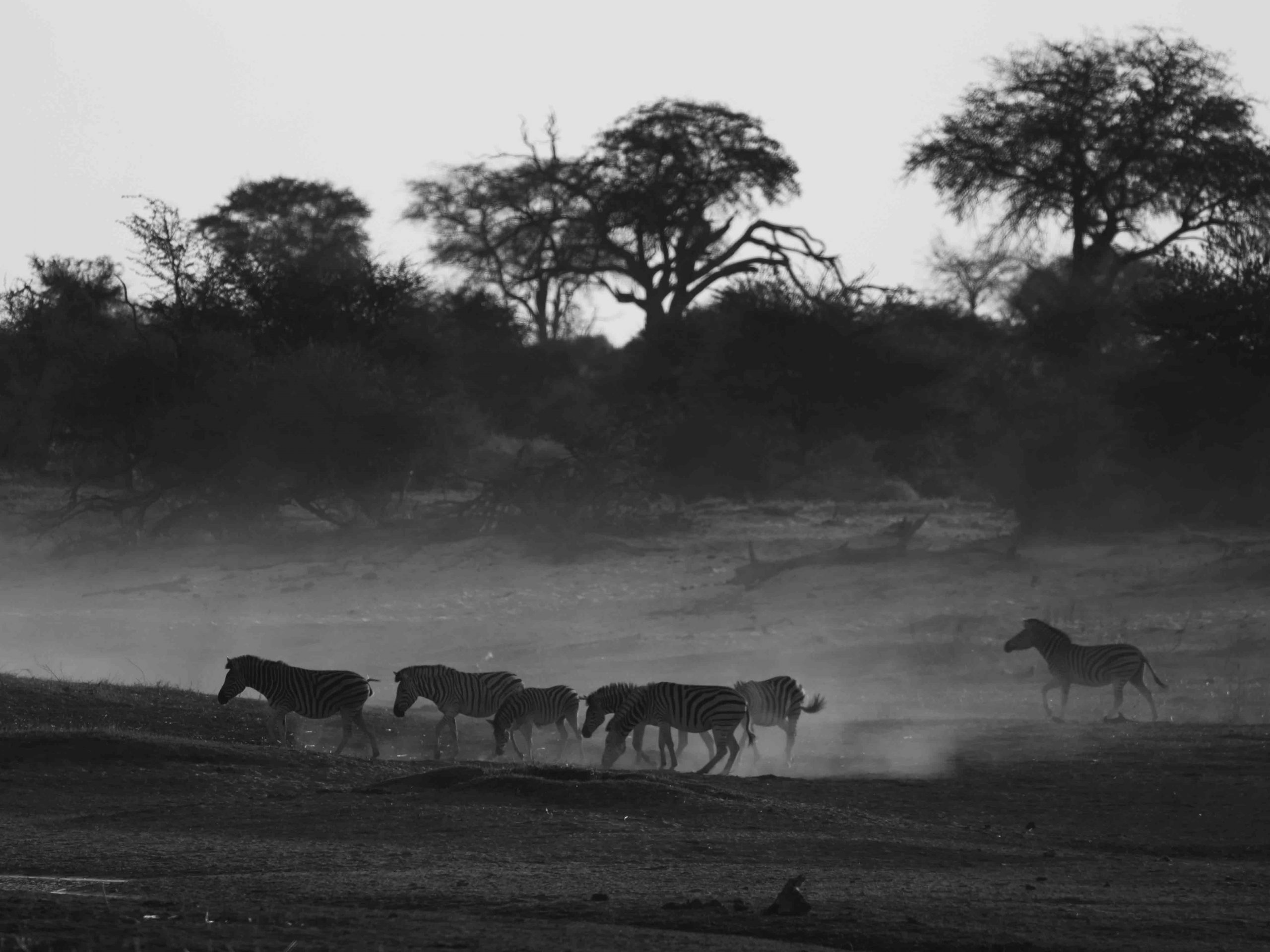
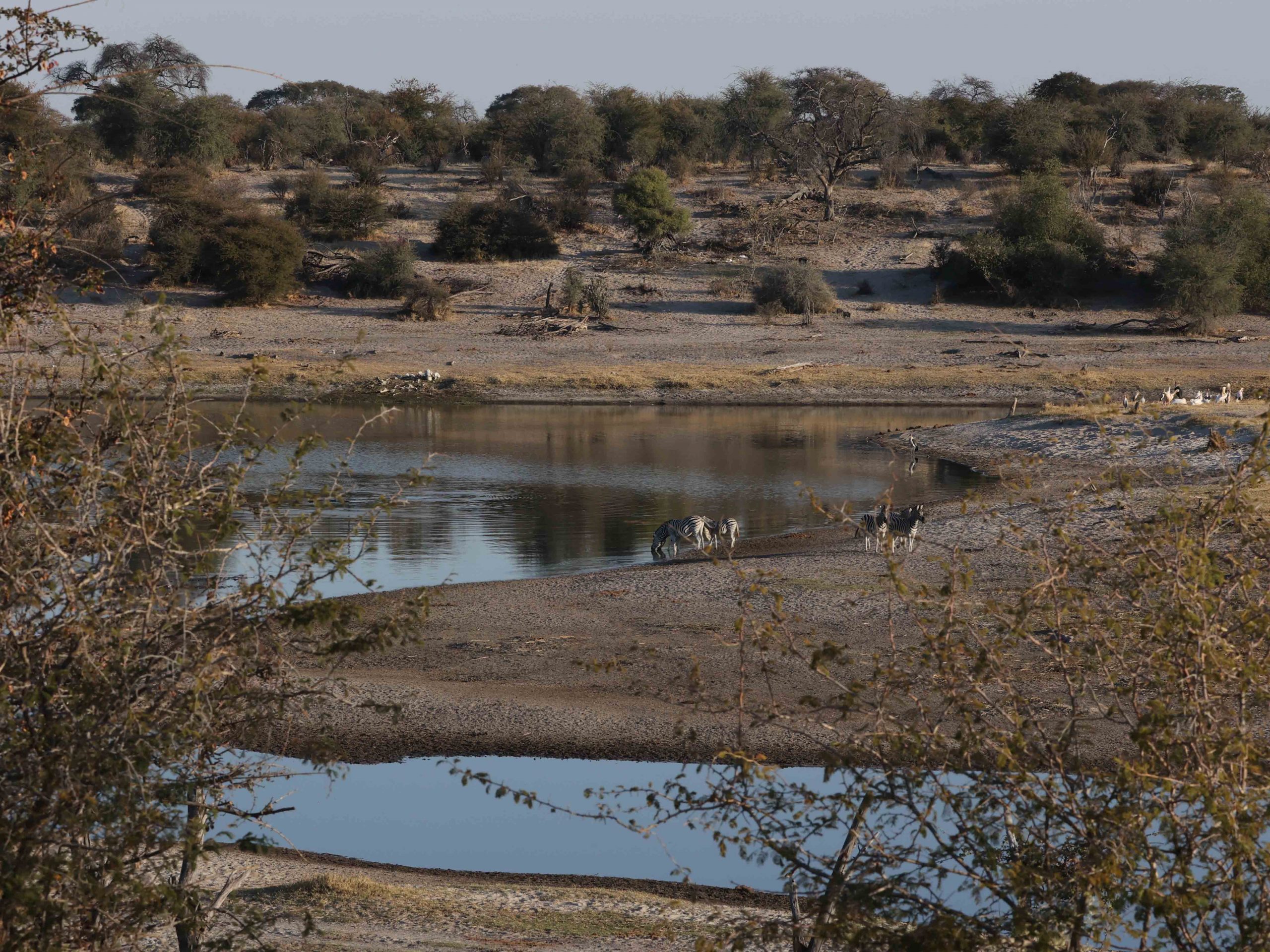
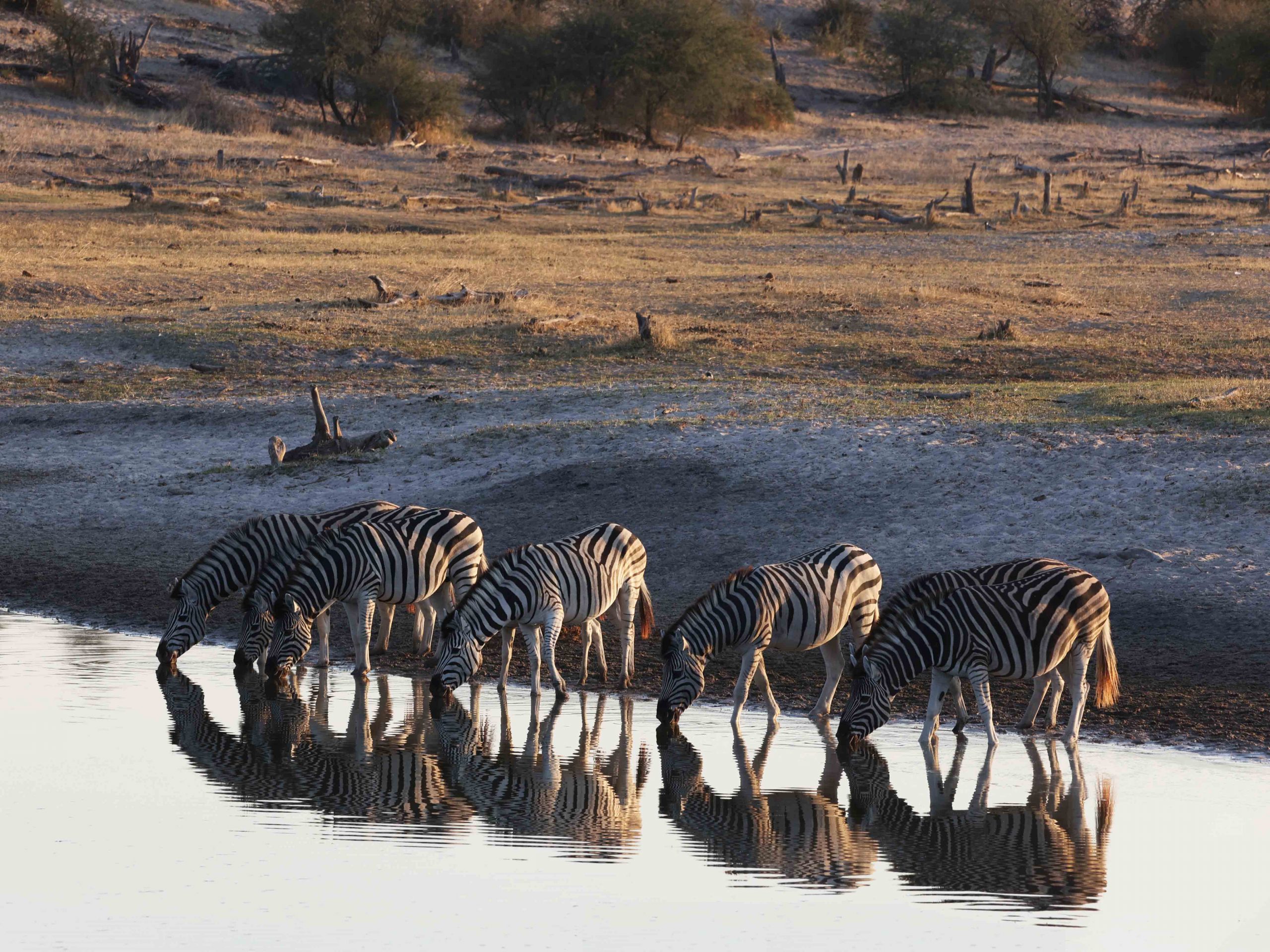
3. The hills are alive
Heading East toward the Ntetwe pan, the bushveld gives way to open grasslands that eventually becomes pans that once formed part of an ancient mega-lake. The grasslands stretch for as far as you can see and are studded with beautifully tall Mokolwane palms – a truly spectacular wilderness. There are two wild campsites and we stayed at Njuca Hills, raised on top of a little hill. Most visitors tend to overlook this area due to lower game densities, but really shouldn’t. We shared our home with a caracal whose tracks were all over the campsite. We baked late morning flapjacks overlooking millions of swaying grasses with a lone Gemsbok for company. We recommend these hills to anyone.
4. Early morning rock n roll
After entering the Nxai Pan NP gate, there is a very straight gravel road that takes you up toward the main pans and camps. In true Botswana fashion the gate guards don’t make much of it but, quoting a retired Capetonian we met here, ‘jaaa boet, the road is quite k@k hey’. Relentless soft sand sinkplaat par excellence. Having driven it a few times, we can confirm it is indeed a lot better early in the morning before the sand has heated up and softened.
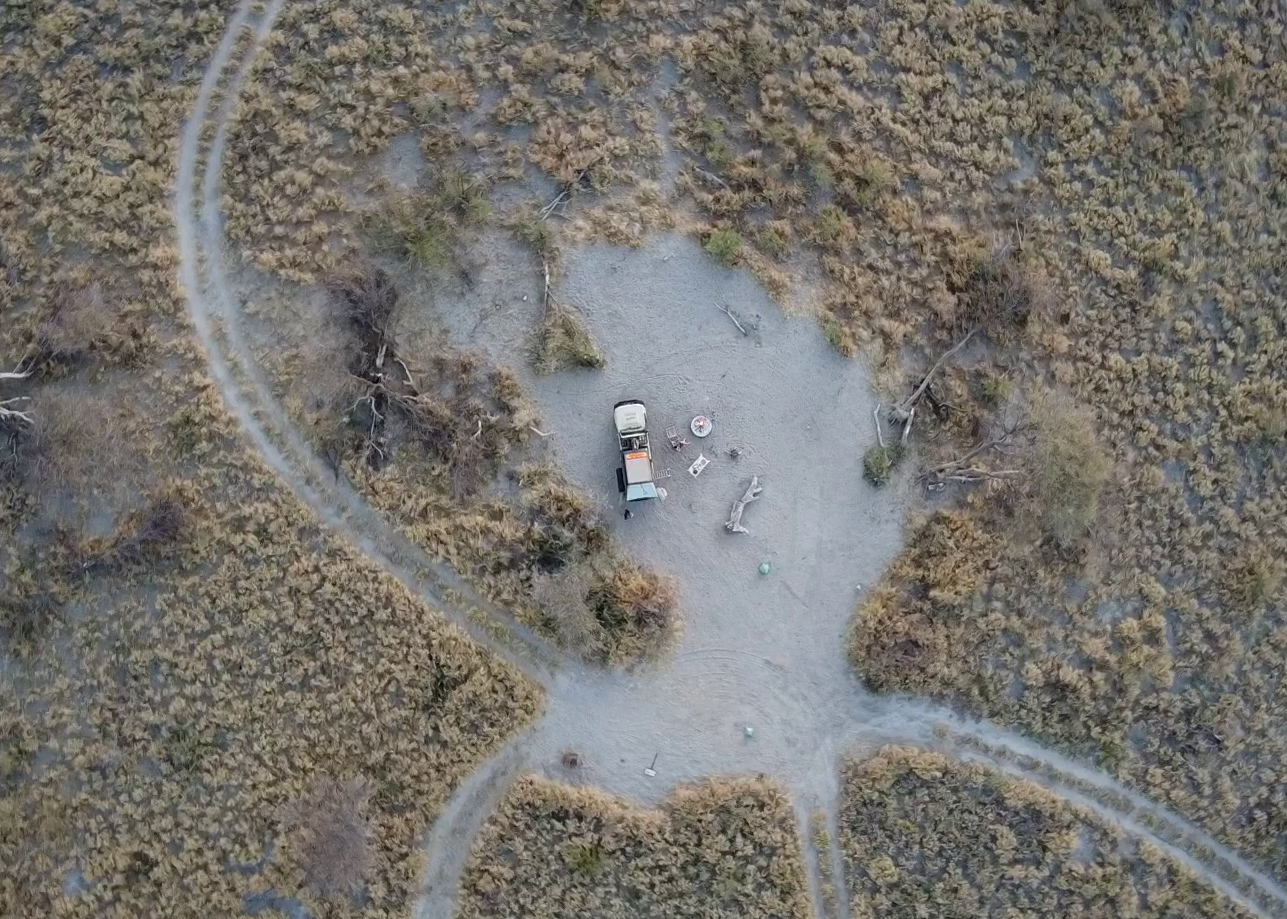
5. Baobab bliss
We visited the legendary Baines Baobabs around the Khudiakam pan on a very windy day and listened to the baobabs speaking as the wind blew through their peculiar rootlike branches. An evening encamped under one of these ancient trees is something that everyone should do at least once in their lives. Sitting around a campfire beneath it, you cannot but wonder about the wonder of wild places. If you listen quietly enough, perhaps it will whisper stories of times gone by, in the fire glow it has seen so many times before.
6. Waterholed up
South camp at Nxai is full of surprises. Although remote like the best of them, they not only had Wi-Fi at reception but also a little shop fully stocked with everything from cold beer to Doritos. Creature comforts aside, with only one waterhole having water throughout the year in the area, we decided to hole up next to it and catch up on work. Here we were treated to what is probably the most rewarding dry-season game viewing in this area. Some of the waterhole visitors included a beautiful male lion, a rare white-hooded vulture, an African hawk eagle, a bachelor herd of 22 bull elephants, and massive herds of springbok and blue wildebeest.
7. Strangers in the night
The campgrounds at South camp were rewarding in itself. Not only did we camp underneath what must be some of the largest purple-pod cluster-leaves alive, we were also treated by night time visitors. Black-backed jackals made a curious nuisance of themselves, smelling around the campfire for leftovers. But it was the silent dark giants that stole the show. A few bull elephants regularly came through the camp at night. Gentle as they are, their curiosities were satisfied by quietly feeding just where the fire glow ends.

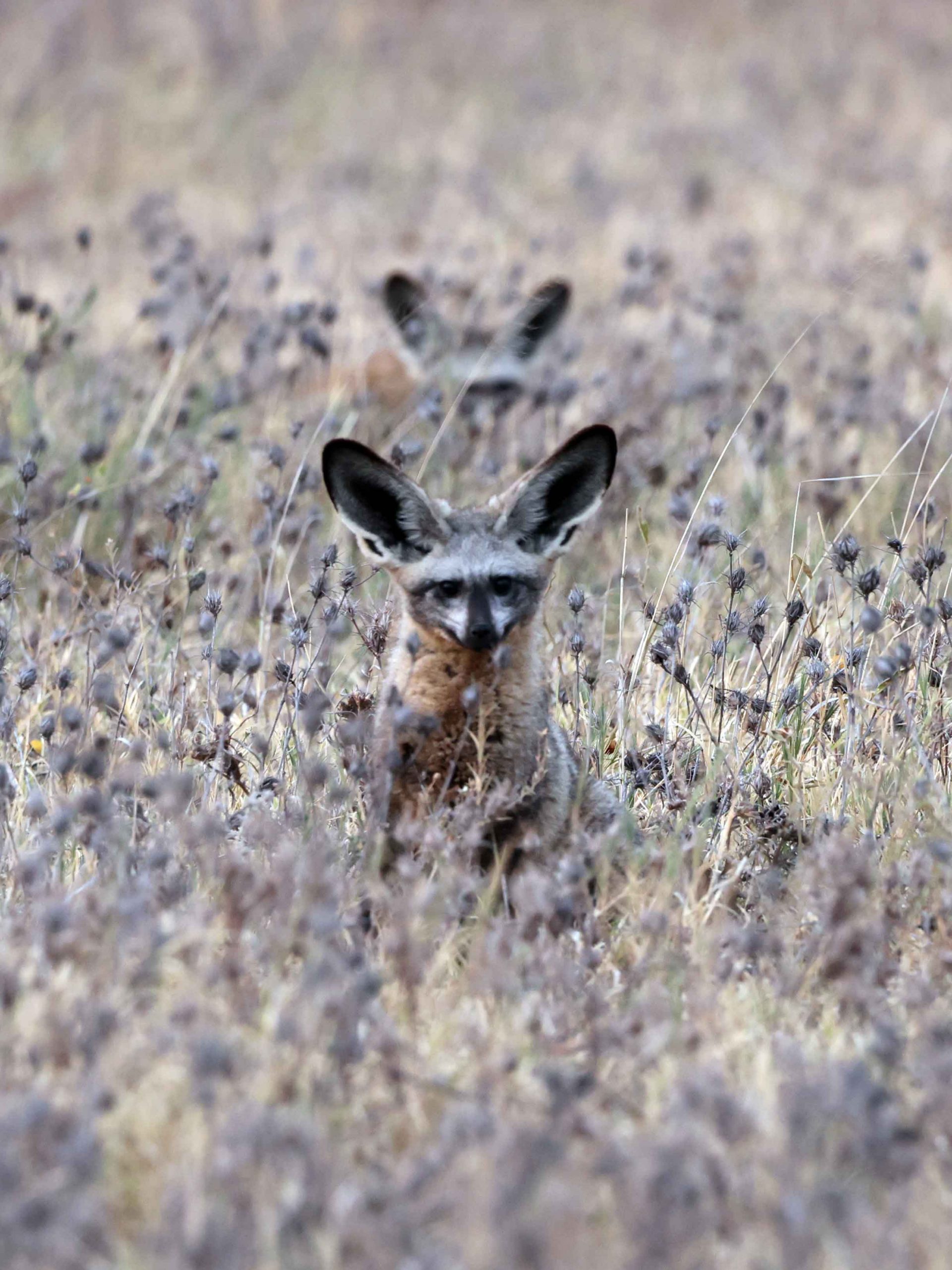
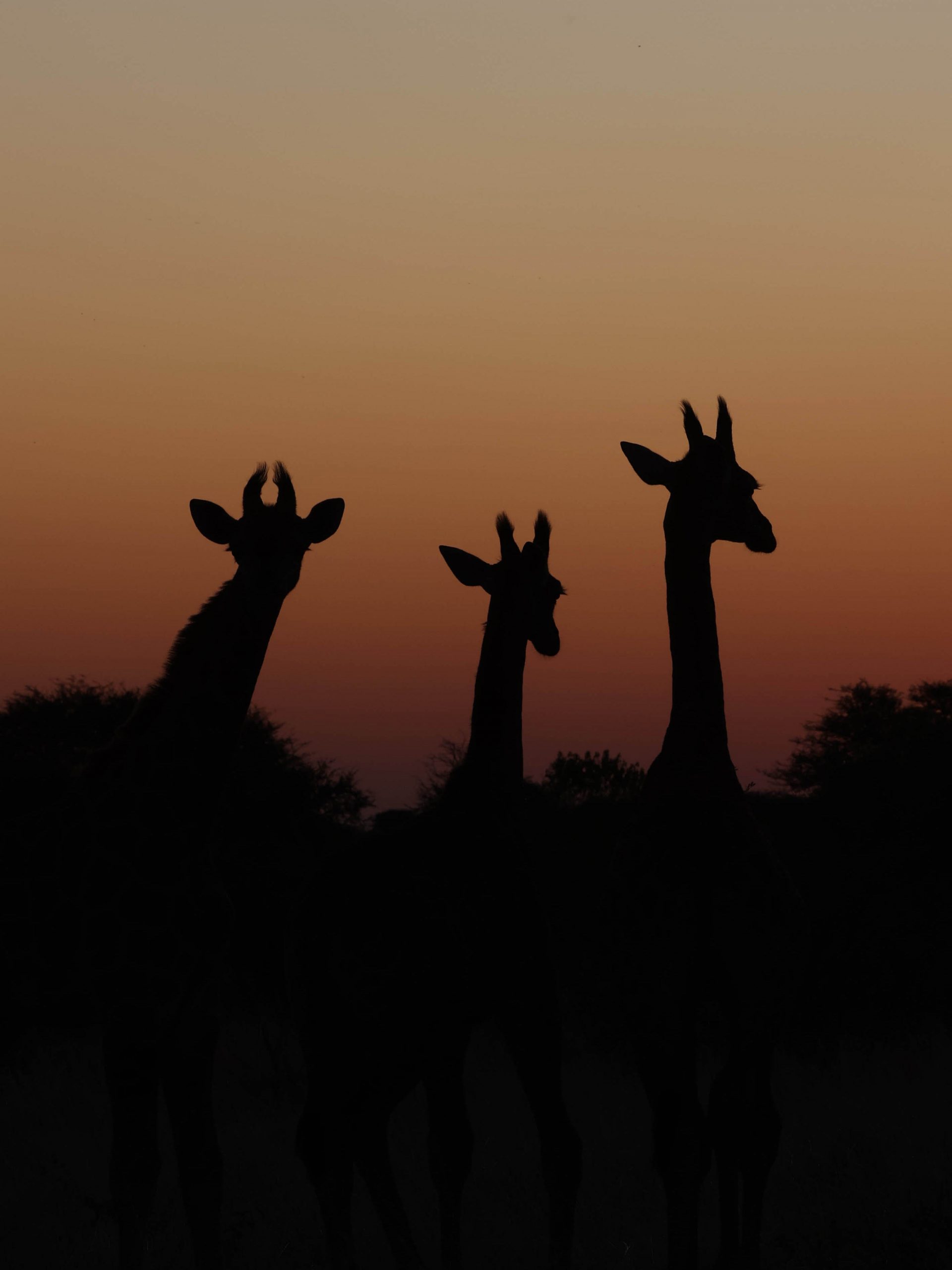
The Makgadikgadi and Nxai Pan National Parks are ancient, special places that merit more than a casual visit. If you deem it worthwhile, and it is, perhaps you too can take heed of some of the advice we found out along the way. Or you can find your own adventure. Whatever you do, enjoy the ride and never plan too much.
